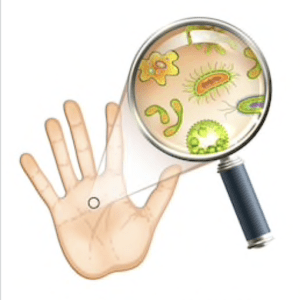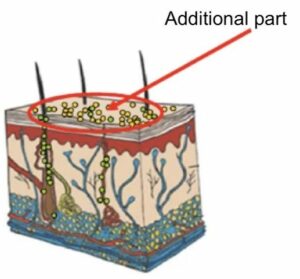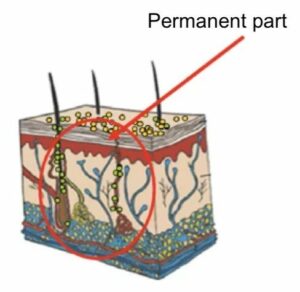Skin microflora
More than 500 types of microorganisms live on the surface of the skin.
Microflora of the human body:
- Permanent part
- Additional part
The permanent part is obligate, indicative, autochthonous (constantly part of the normoflora and plays an important role in the host’s metabolism).
Permanent microorganisms live on the surface of the skin, in the deep layers of the skin, sebaceous glands, hair follicles and remain on it. For example, staphylococci, diphtheroids (corynebacteria).
Characteristic:
it is the protective flora of the body, microorganisms may differ depending on sex, age and race,
virulence (the degree of ability of a microorganism to cause a disease) is very low and stable.
The optional part is transient (often found in healthy people, the composition is unstable).
Characteristic:
high virulence,
does not multiply on the surface of the skin,
survives only for a while.
Survival time of microbial flora on the skin
Favorable conditions for infections
As we can see from the above facts, various microorganisms (bacteria, viruses, fungi) constantly live and multiply on the skin of each person.
Bacteria enter the human body through the hands when touching various surfaces:
- Door handles
- Stair railing
- Money
- Telephone
- Books
- Pens
- etc..
Crowded places, especially in schools and kindergartens, supermarkets, working with sick people or working with food, create favorable conditions for the spread of viruses and bacteria.






